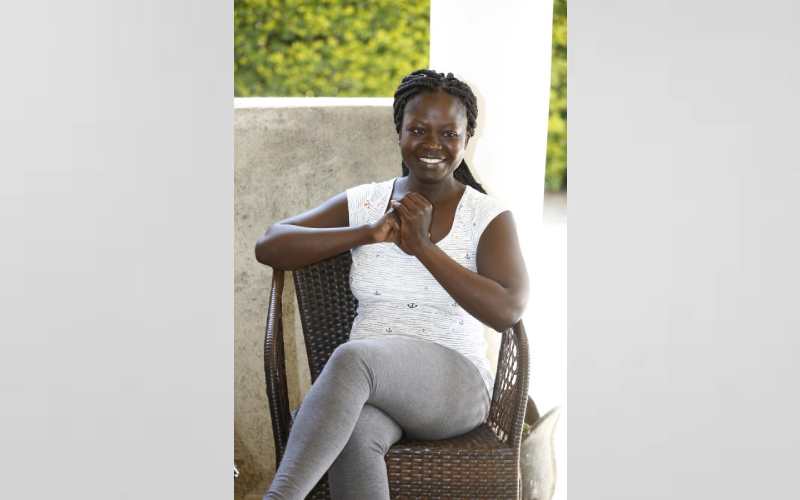×
The Standard e-Paper
Kenya’s Boldest Voice

Sella Pirra during an interview with the Standard at her home in Soilo, Nakuru County, on September 25, 2020. She underwent the Caeserain section for her three children. [Kipsang Joseph,Standard]
Kenyan mothers are now more likely to be delivered via caesarean section (CS) compared to three years ago, according to data on payouts made to hospitals as compensation for birth-related services.